If you’ve ever thought about turning your creativity into a business, you’re not alone. More artists than ever are carving out their own space online and offline, blending passion with profit. The beauty of the art world today? You don’t need a gallery rep or a huge studio to get started – you just need your skills, some hustle, and a clear direction. In this post I’m sharing 15 art business ideas you can start exploring right now, along with my own personal experience (if any) with each.

15 Creative Art Business Ideas
1. Sell Print-on-Demand Products
From t-shirts and tote bags to mugs and notebooks, print-on-demand platforms let you upload your designs and sell without worrying about inventory.
I’ve personally been selling my art through Print on Demand sites like Zazzle, Redbubble, and Spoonflower for years, and honestly, it’s still one of my favourite ways to see my art “out in the world.” My Spoonflower patterns have ended up on fabric for quilting, I’ve sold greeting cards on Zazzle, and thousands of stickers through Redbubble – tiny sales add up, and it’s always fun to see which designs people gravitate toward.
Learn more about selling your art through print on demand websites in this post.
2. Create and Sell Digital Downloads
Think coloring pages, Procreate brushes, clip art packs, or design templates. Once created, these products can bring in passive income.
I leaned into this one a lot in the last year – my mandala drawing workbook and Procreate brush sets have been some of my best digital sellers so far. The best part? Once the product is made, it keeps earning while I’m off paddleboarding or working on other projects.
3. Teach Online Classes
Platforms like Skillshare, Udemy, or even Zoom workshops make it easy to share your knowledge while earning money.
I’ve created several Skillshare classes before, and they are surprisingly satisfying to produce. It has pushed me to refine my process and explain things more clearly, which actually made me better at my own art.
Explore how artists can make money with Skillshare in this post.
4. Offer Custom Commissions
From portraits to pet art, people love personalized creations. Commissions can also help you build relationships with art collectors while improving your skills.
I don’t often do commissions anymore, because I prefer focusing on my own projects – but when I did, I loved creating pet portraits. People light up when they see their pets transformed into artwork!
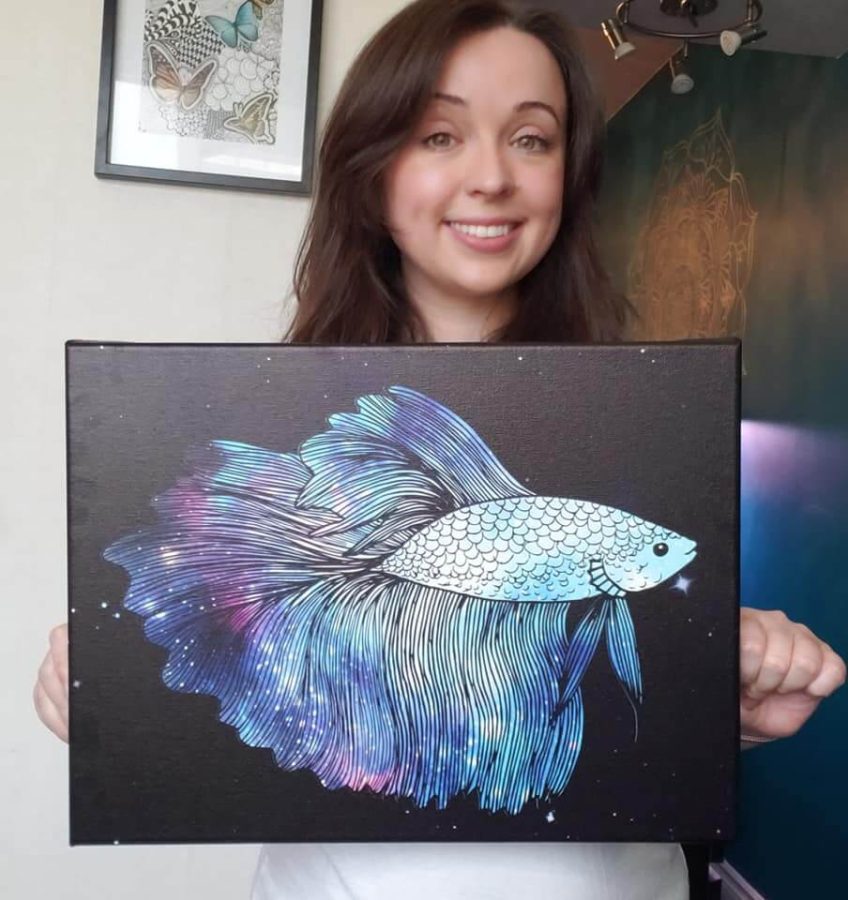
5. Start a YouTube Channel
Art tutorials, behind-the-scenes process videos, and even studio vlogs can help you grow an audience on Youtube. Once you’ve met the minimum requirements you can earn money through ads, sponsorships, and even sell your print on demand products through their shop program.
I actually started my own YouTube channel a few years ago where I occasionally share tutorials, timelapse videos, and other creative content like shorts. It’s not monetized directly, but I use it as a way to highlight my design process and then link to my shops, website, and other offerings. Even without ad revenue, it’s been a great tool for building visibility and driving traffic to my other offerings.
6. Sell Your Art on Marketplaces
Sites like Etsy and Creative Fabrica give you built-in traffic for hand-made or digital products like prints, patterns, fonts, illustrations, and more.
I’ve tried Etsy before for selling my designs, and honestly, it wasn’t for me in the long run. That said, I still use Etsy and Creative Fabrica as a buyer to source unique fonts, graphics, Procreate brushes and other elements for my designs and business.
7. Art Licensing
Art licensing is like the “level up” from print-on-demand – instead of just uploading to a platform, you’re partnering with companies who put your designs on fabric, wallpaper, or home décor and pay you royalties. It can be a steady income stream once you get established but requires putting together a portfolio and then “pitching” it to companies.
For me, this is the next big step I’ve been reaching for. I’ve done plenty of POD, but licensing is a whole different ball game. I’ve started putting my designs out there, but I haven’t landed a deal yet – it’s definitely a slower process. Still, the idea of seeing my designs in a big box store one day keeps me motivated to keep trying.
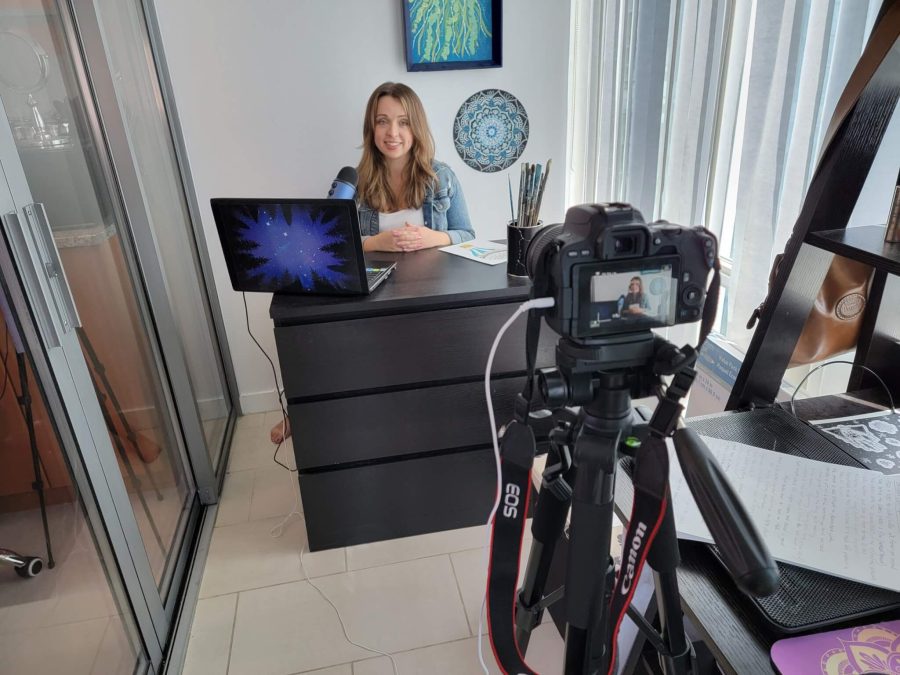
8. Launch a Membership
Offer exclusive content like tutorials, monthly downloads, or sneak peeks for your biggest fans. Whether you use Patreon, YouTube Memberships, or another platform, memberships can create a steady, predictable income stream while deepening your connection with your audience.
I haven’t launched my own membership yet, but I’ve definitely thought about it. It feels like a natural next step to offer deeper, behind-the-scenes content or monthly design goodies for people who really connect with my work. I’m still figuring out the best format, but it’s on my radar.
9. Create a Blog About Art
Not only can it be a hub for your art and creative projects, but it can also showcase your expertise and bring in income through ads, affiliate marketing, or digital product sales.
You’re literally reading one of my blog posts right now. Blogging has become a way for me to not just share tips but also funnel readers toward my products and other offerings.
Read more about how to start an art blog here!
10. Illustrate for Books or Magazines
Authors and publishers often hire artists for covers, spot illustrations, or editorial artwork. It’s a great way to see your art reach new audiences and work with creative teams on meaningful projects.
I personally haven’t ventured into this world yet, but it’s one that’s always intrigued me. I’ve seen other artists turn their unique illustration styles into book deals or recurring magazine work – it’s definitely something I’d be open to explore one day.
11. Sell Greeting Cards
A classic but still thriving market – whether you sell wholesale to shops, at markets or through online platforms.
I’ve started selling greeting cards just this last year by combining my existing art with text through platforms like Zazzle, and while it’s not a huge money-maker (yet), it’s honestly so fun to see which designs people choose. I’ve also learned a lot about what kinds of visuals and sentiments actually resonate with buyers – simple, heartfelt designs tend to do best.

12. Make Art for Events
Wedding invitations, signage, or custom artwork for special occasions can be both fun and lucrative. Live event art is also having a moment right now – artists are being hired to paint or sketch guests, capture the couple in real time, or create one-of-a-kind keepsakes during the reception.
I’ve sold wedding invitations and stationery designs through my Zazzle store, but I love seeing how event art is evolving. The idea of creating something live at a wedding sounds both thrilling and nerve-wracking – in the best way. It’s such a beautiful blend of performance and artistry, and it’s inspiring to see artists making a living doing it.
13. Design Fonts or Lettering Packs
If you’ve got a knack for typography, font creation and hand-lettering bundles are always in demand.
I’ve actually created a handful of fonts myself and sell them in my digital products shop. It’s one of those surprisingly fun projects that blends creativity with precision – watching my hand-drawn letters turn into a fully functional font never gets old. Plus, fonts are a fantastic evergreen product; once they’re done, they can sell for years.
14. Offer Freelance Design Services
Logos, branding, and social media graphics are always needed by small businesses and creators.
I’ve personally done a bit of freelance work in the past, but honestly I prefer working on my own projects over client work. Still, it’s a great way to sharpen your design skills, learn to communicate with clients, and build your portfolio and income while you grow your own brand.
15. Host Art Retreats or Local Workshops
If you love connecting in person, hosting events that blend creativity, community, and teaching could be just the ticket.
I’ve never hosted or attended an art retreat myself, but it’s definitely on my bucket list. Combining art, nature, travel and connection sounds like a magical combination – something slower, more intentional, and rooted in creativity rather than hustle culture.
Final Thoughts
The possibilities for an art business in today’s world are almost endless. Whether you lean toward digital products, in-person experiences, or traditional commissions, there’s room to carve out a niche that fits your lifestyle and creativity.
👉 Pro tip: Start small, test one idea, and let it grow. You don’t have to build everything at once – just pick what excites you most and build from there.
Let me know which one of these art business ideas resonated with you the most!
Cheers,

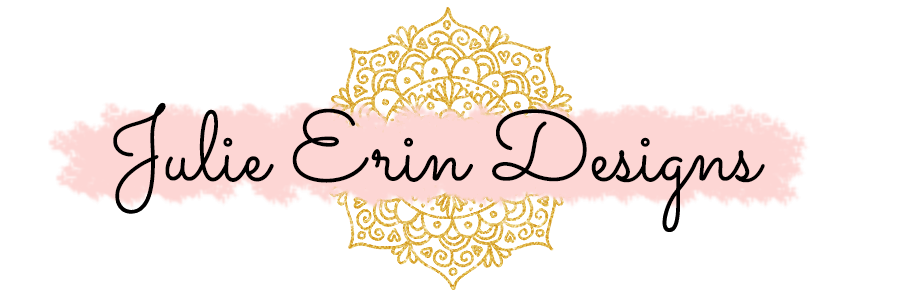
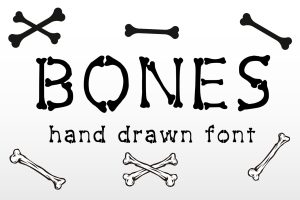
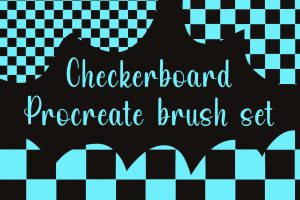
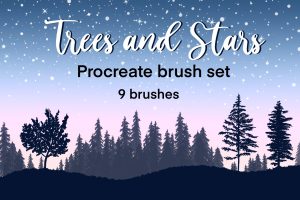
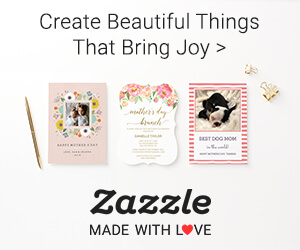
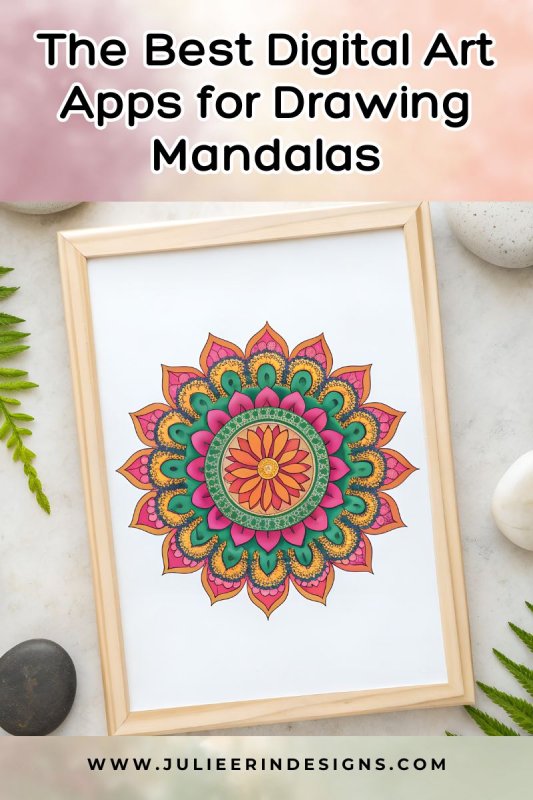
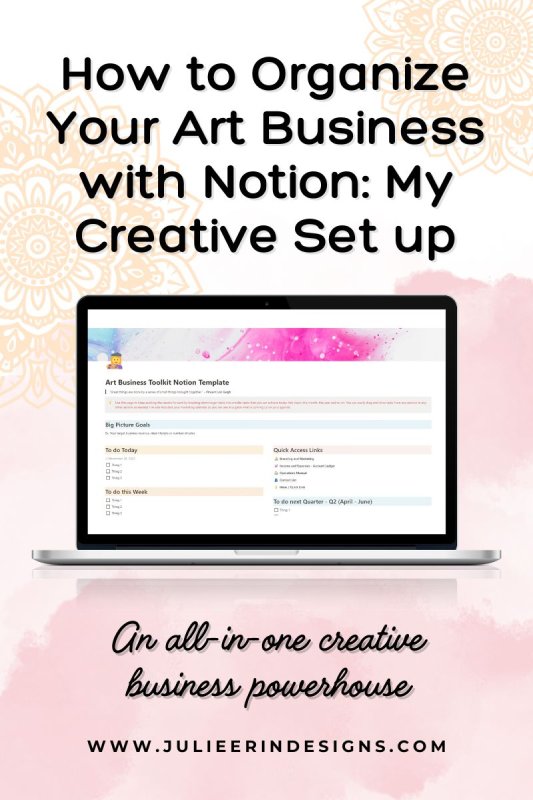
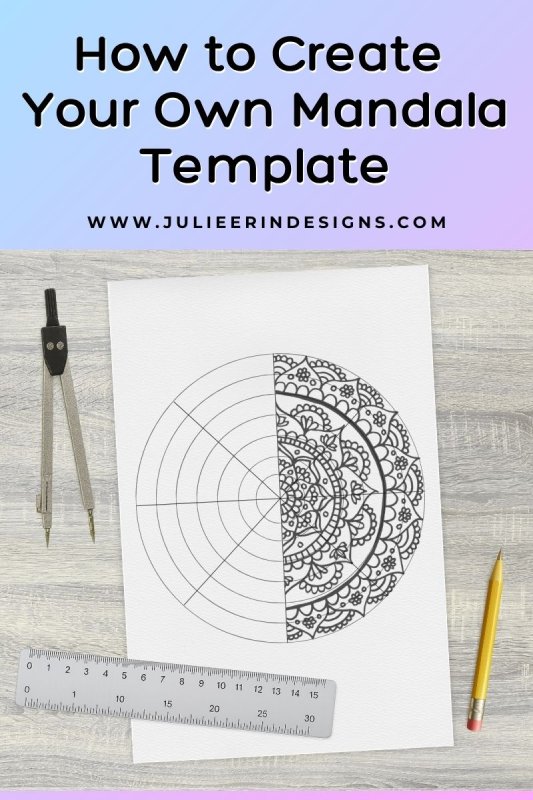

0 Comments